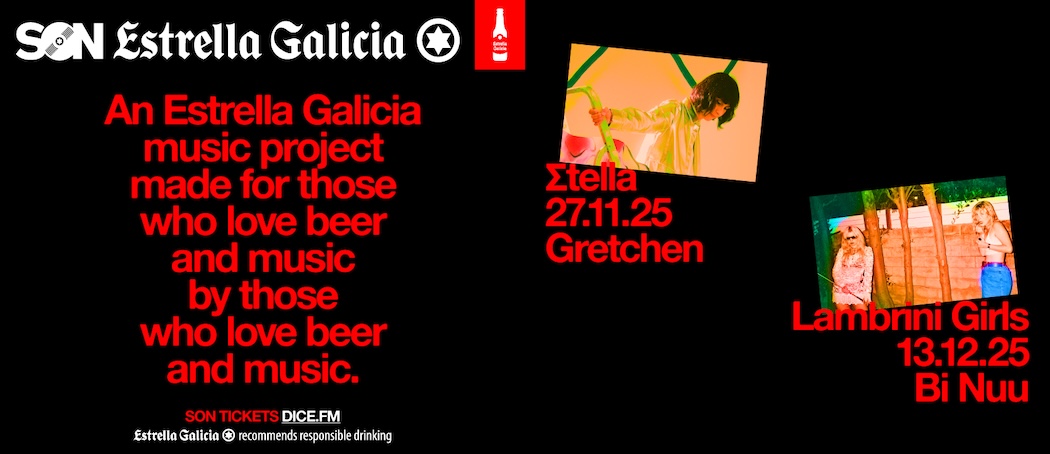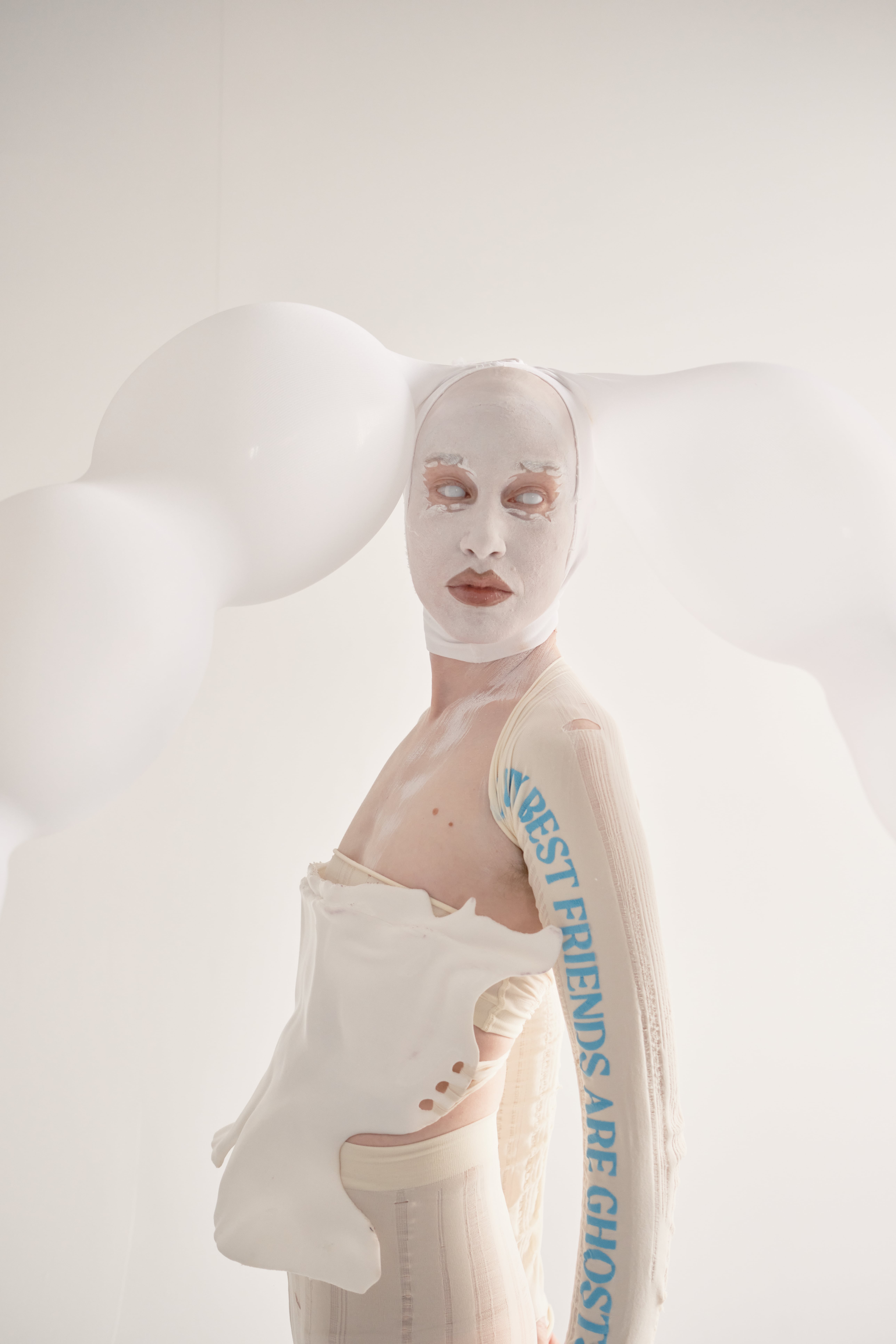
In the world of music, we celebrate the unique voices and perspectives that shape our soundscapes. But what happens when that unique wiring is who you are at a neurological level? As someone who received my autism diagnosis later in life, I know firsthand the complex mix of emotions that come with that discovery, the grief, the anger, and the eventual excitement. My own experience has shown me how unrecognised needs and barriers to access often prevent brilliant minds from flourishing. This new series, Unmasking, is about reclaiming that narrative. We are here to show that those on the spectrum are gentle souls, but also strong, creative, and talented. We’ll speak with artists who are defying expectations and dictating their own paths, proving that their neurodiversity is not a limitation, but a catalyst for unique creative output. It’s time to stop letting outside voices dictate what we are capable of doing.
For our first feature, we speak with vōx, a songwriter and visual artist whose authenticity has built a dedicated community. An autistic, disabled, chronically ill, and asexual creative now living in Porto, Portugal, vōx is the perfect person to launch this conversation. She lives by the mantra, “Vulnerability has never scared me—it’s where I live.” Welcome to the space where we exist without explanation.
You’ve said that vulnerability is where you live. What does it feel like to channel such personal experiences into your music and visual art?
It can be terrifying for sure. Whenever you make any kind of art or content, you’re putting yourself out there to be judged. For me, it feels like there isn’t really a choice. As an autistic person, I’ve always lived in this place of total honesty. Anytime I do feel the need to lie for safety or whatever the case may be, it’s a very stressful feeling. I’m often putting my foot in my mouth in situations where my partner thinks I should have been less disclosing, especially in business scenarios. I need a lot of prep if we’re trying to strategically not disclose something. I need many reminders. I need to fully focus to not just say the true thing. And of course, on the flip side, it’s also meant that I’ve been taken advantage of in the past when I used to automatically take people at their word, and it isn’t the case. Ultimately, it’s freeing though, to channel the truth into music, visual, and longer form essays (which I’ve begun writing on Substack just this year). It’s helped me find my people, the people who see themselves in the art. Many times, it’s people who don’t often see themselves in mainstream art, people who are disabled, chronically ill, or autistic. And in that way, it’s incredibly rewarding work.
Your writing is for “the ones learning to be soft with themselves.” How has your own artistic process been a part of that journey of self-compassion?
My self-compassion journey started out being a very private thing. I was hiding my chronic illness from the world when I first realised that if I didn’t make a change, I couldn’t continue. That change was learning how to give myself compassion. I needed it. I had made it thus far in life, hanging on ok, but as soon as I became a sick person, it was unbearable to live in this place where I felt so much shame, such low self-worth. My internalised ableism was raging too, since disability is seen with such disregard or even disgust. My world was filled with pain and suffering from my illness, and the only way to lighten the load was to stop blaming myself for it and learn to accept what was happening to me. At this point, that compassion has spilt over into every corner of my life. It helped me set boundaries with what my life looks like as a creator, as a musician. We’re currently planning a tour for next year, and it’s been such a labour of love, because this is not a normal tour. I can’t perform more than maybe 3 times a month. I need a lot more accessibility than I used to. And I need to be able to give my audience those same access pieces, too, which are hard to come by in the music industry.
How do you navigate the balance of sharing yourself with the world while also protecting your energy?
I’ve learned that sharing myself with the world doesn’t have to mean giving everything away. My energy these days is so finite. It’s probably easier now because my body really gives me no choice in the matter. Instead of pushing myself to the max and crashing into a flare-up where I can’t move from bed, which is what I used to do often, I find structuring my days ahead of time very helpful. I usually write out one to two work tasks per weekday I’d like to do, the first one being the most important, and the second having the ability to be pushed. Even just keeping that in mind, that it’s ok to push that second task forward if I need to, it lets go of the guilt or the feeling of needing to push through. As far as deciding what types of things to share, I tend these days to go with full honesty. Substack has been such a safe space for me to really lay it all out there. I don’t hold back. I’ve learned that the most honest pieces find a connection with the most people. The support there gives me the courage to keep opening myself up more deeply with each essay.
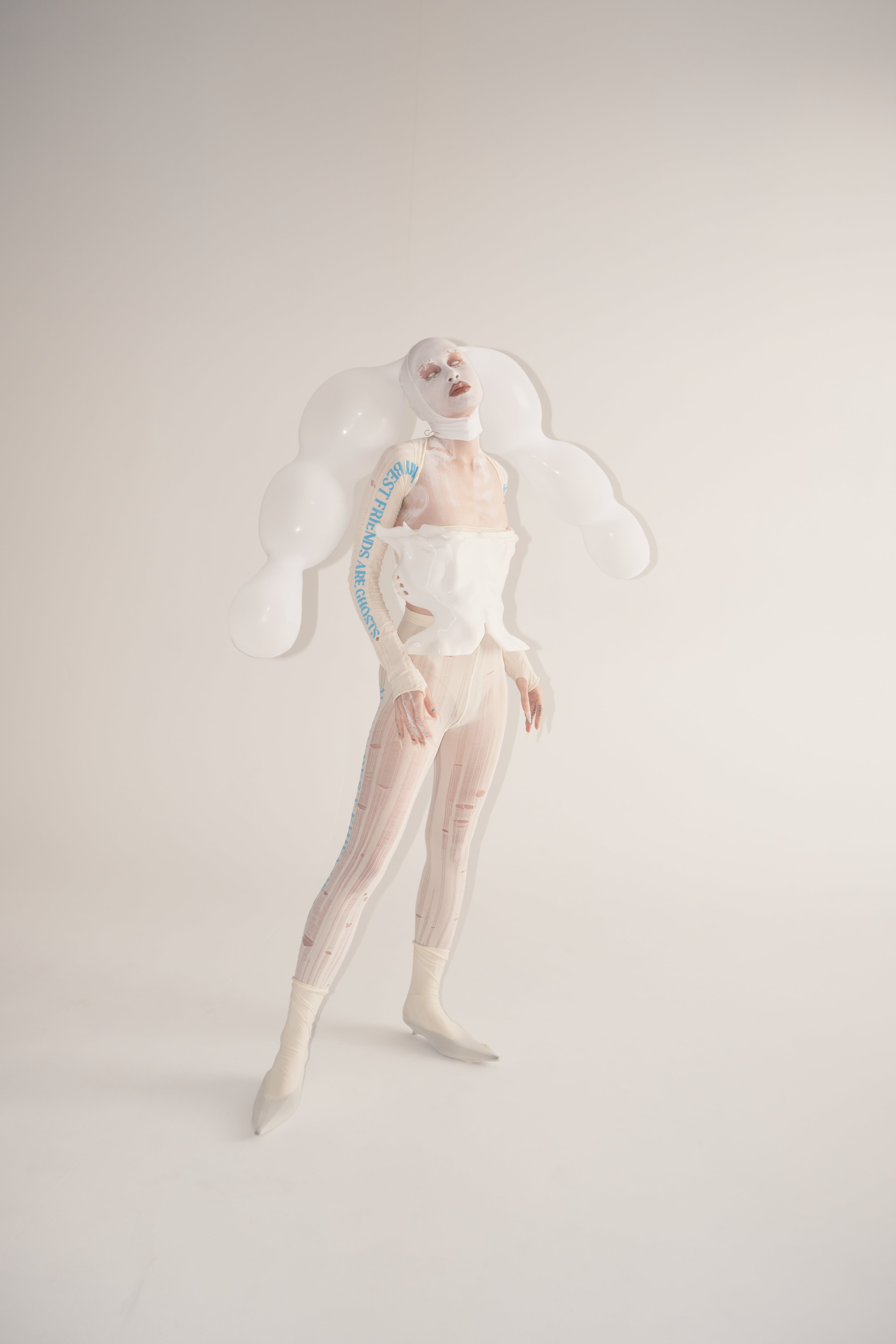
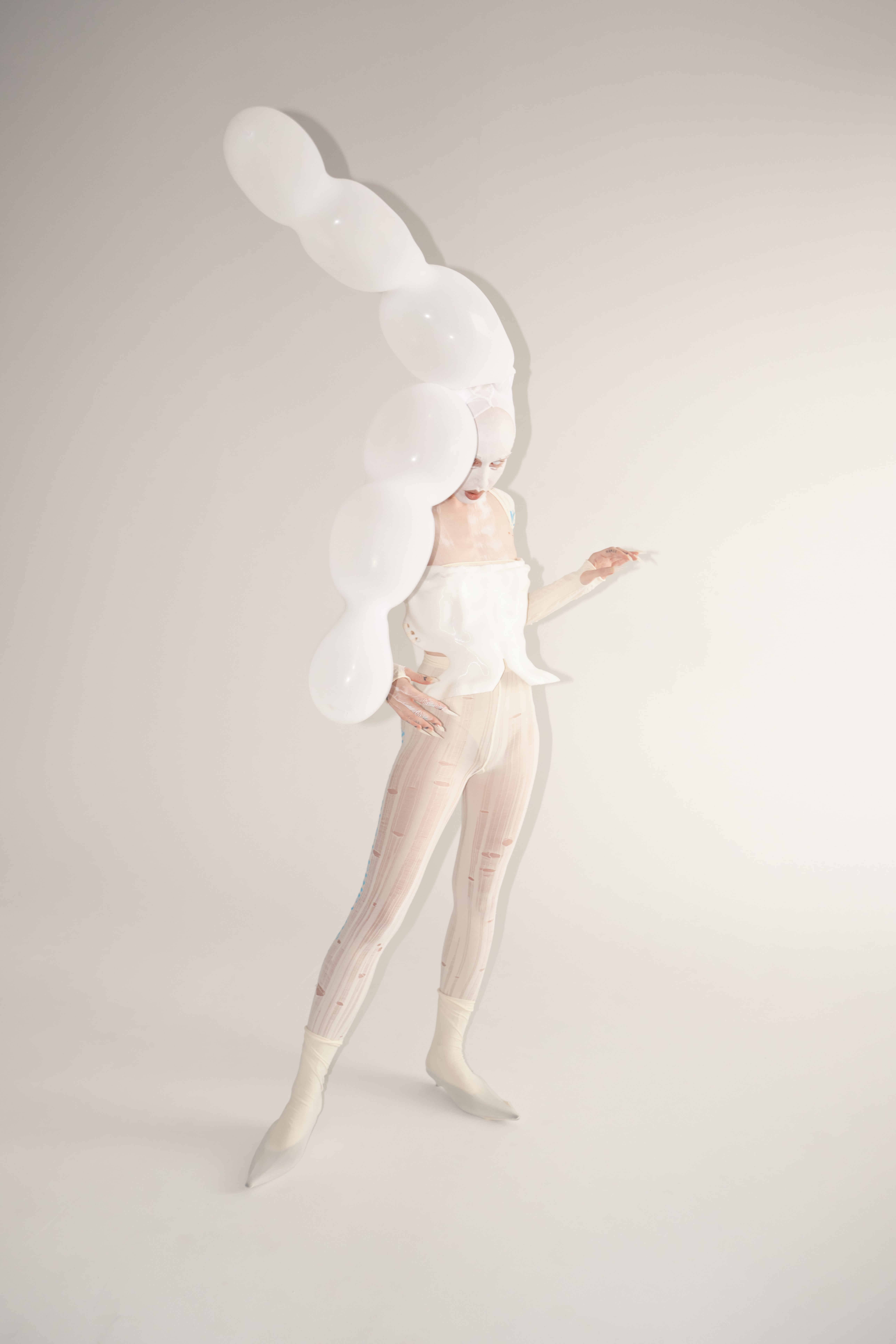
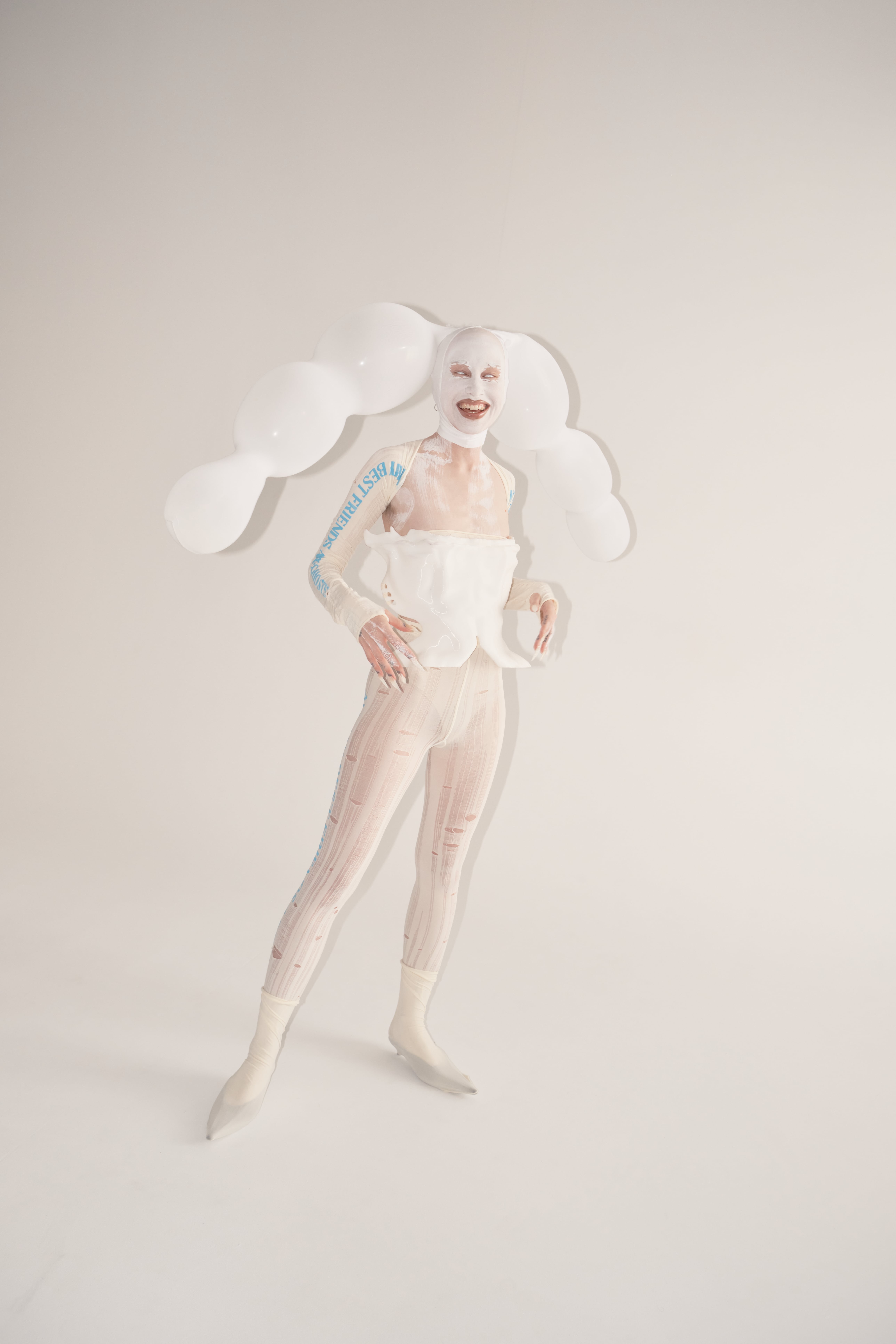
What has been the most surprising or impactful response you’ve received from someone who connected with your work?
Oh man, it’s impossible to choose. The community I’ve connected to has truly changed my life. I cherish every message, whether that’s someone who trusts me enough to share their story with me or someone who tells me how much they relate to what I’ve written. Each connection is precious to me.
Moving from small-town Minnesota to Porto, Portugal, is a significant change. How has this new environment influenced your art and your sense of self?
It is a huge change! Even though I grew up in Minnesota, I moved to Porto directly from LA, where I was for 13 years. They couldn’t be more different culturally, really. LA is all about what you do, what you can do for others. It’s a place where people go to hustle, to push themselves beyond what they thought was possible. Living in artist circles in particular, it’s a city where wild dreams can come true, where things you never even thought to dream of can become reality. But it’s also a place where it’s hard to know if your friends are really your friends, where community can be fleeting, and where it’s incredibly expensive to survive. I was ready to leave, I have to admit. The things I love about Porto are how relaxed the culture is. Community is forefront here. People rarely ask you what you do; your work is never centred in conversation. I had already started the work of disentangling my self-worth from my work while I was in LA, but the disconnection has become more complete since moving. It’s made it easier for me to see what type of work and life aligns with my values.
You mention that your music is for “the seekers, the shapeshifters.” How do you feel your own journey of evolution and exploration is reflected in your body of work?
I think the most clear evolution for my work has been in embracing honesty and vulnerability. I used to want to be a mysterious artist. My lyrics and my visual world were full of hidden meanings. And there’s nothing wrong with that! But I knew if I wanted to make a change for this community of other disabled folks, I’d need to be honest and be brave.
What are some specific challenges you’ve faced in the music industry, and what changes would you like to see to make it more accessible?
The most challenging part of the way the music industry currently works is the pace and stamina needed. Even for the healthiest of bodies and minds, touring the currently accepted way, where a musician will play almost as many shows back to back as days in a month, is gruelling. Not only that, but the lack of COVID safety in venues now, touring musicians are a population that’s even more likely to get the virus. And with the information we now have about the prevalence of long COVID and the ways the virus ravages the body, leaving many folks with long-term deficits, it’s just unconscionable. These things are playing a big part in how we’re organising my own tour for next year. There won’t be more than one show per week, and COVID safety, among other accessibilities like proper seating and placement for wheelchairs and a very clear outline of what the audience can expect timing-wise at the event, will be a big part of it.
As both a visual artist and a songwriter, how do you see these two forms of expression working together to tell your story?
I do feel like lately I’m having to take a big step back from the visual art component. In reality, it just can’t look the same as it used to. I cannot physically withstand long shoots, and I haven’t truly been able to for years. But it’s taken me a long time to admit it, because I love creating visuals! Not that I’ll ever truly stop, but in the meantime, I do feel like longform writing has stepped up to the plate as another form of creativity that had remained dormant in me for so long. I truly hadn’t written the way I’ve been writing this year for probably 25 years. I left school, and I didn’t want to write another essay for the rest of my life. I had so much stress attached to the practice. But I’ve found so much joy in it this year. It’s helped me to express myself, my soul, and my artistry more deeply than ever before.
What advice would you give to other neurodivergent, chronically ill, or disabled artists who feel they exist “a little outside the lines”?
I’d tell them that I see them. I know how hard it can be to feel like you don’t fit in. I’d like them to know they’re perfect just as they are. They’re deserving of love and compassion and care.
What is next for you?
As far as music, we’re currently getting ready to release some remixes from my debut album, All My Best Friends Are Ghosts, so that’s going to be very fun this autumn. Also in the works is a visual component to the album and a tour, both for next year. I’ve been stepping away a bit from much of the content creation world that plagues the music industry these days, so if fans are curious, they can find me mainly on Substack. I think many people still think of it as a platform where you just get an email newsletter, but it also has more social media components. There’s an app where you can see a newsfeed that sort of feels like a longer format Twitter, and I also have a community that connects in the chat there weekly to share our lives. I put out three pieces a month, one being a conversation piece with a fellow artist or writer where we speak candidly about things like creativity, grief, our inner worlds, disability, and neurodivergence.
The mission of Unmasking is to build a community and amplify diverse experiences. If you are an artist or professional in the music industry who is neurodivergent, disabled, and/or chronically ill, and you want to share your voice, please get in touch with me directly at nphillips@kaltblut-magazine.com
Follow
@itsmevox
itsmevox.substack.com
Photo credits:
Photographer: Sophia Schrank @sophiaschrank
HMU: Satya Linak @satya_linak
HMU assistant: Bella Gordon @belllasfx
Stylist: Jenna Helstowski @swyrstudios
Production: Cameron Rath @camthecoach
Creative Direction: vōx @itsmevox
Nails: Studio Aoko @studioaoko
All My Besties is out now: https://itsmevox.bandcamp.com/album/all-my-besties
